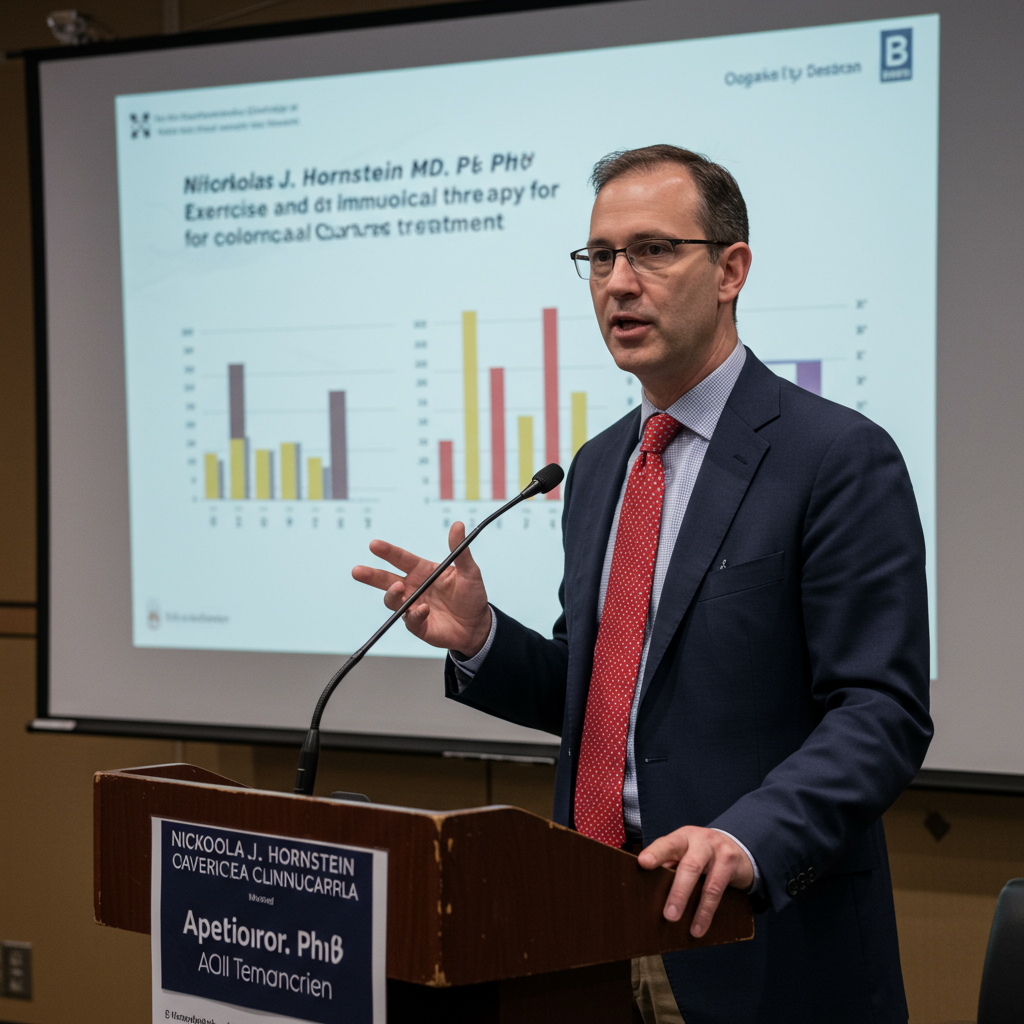The window to prevent the most catastrophic effects of climate change is rapidly slamming shut. According to a stark new assessment by over 60 leading climate scientists, the world is now just approximately three years away from exhausting the remaining “carbon budget” for limiting global warming to the crucial 1.5 degrees Celsius target set by the 2015 Paris Agreement.
This alarming warning comes from the latest Annual Indicators of Global Climate Change report, a comprehensive update on the health of the planet’s climate system. The scientists emphasize that continued record-high greenhouse gas emissions are not only moving us in the wrong direction but accelerating the pace at which dangerous climate impacts are becoming a reality for billions worldwide.
The Critical Carbon Budget Explained
The concept of a carbon budget refers to the total amount of carbon dioxide (CO2) humanity can still emit while retaining a reasonable chance (typically 50%) of keeping global warming below a specific threshold, like 1.5C. CO2 is the primary driver of long-term warming, meaning the cumulative amount emitted is what matters most.
The new report reveals a dramatic shrinking of this budget. At the beginning of 2020, scientists estimated a remaining budget of around 500 billion tonnes of CO2 for a 50% chance of staying below 1.5C. However, by the start of 2025, this figure has plummeted to a mere 130 billion tonnes.
This steep decline is primarily due to the relentless increase in greenhouse gas emissions, including CO2 from burning fossil fuels and deforestation, as well as emissions of other potent warming gases like methane. Some of the reduction also stems from refinements in scientific estimates.
With current total greenhouse gas emissions averaging approximately 53 billion tonnes of CO2 equivalent per year (which includes other gases converted to their CO2 warming potential), the remaining 130 billion tonne CO2 budget is on track to be depleted in less than three years.
Crossing the Threshold: Commitment vs. Reality
Exhausting the carbon budget doesn’t mean global temperatures will instantly jump past 1.5C. Instead, it signifies that based on the cumulative emissions at that point, the world is effectively committed to long-term warming exceeding the Paris Agreement goal. The actual point where the planet’s average temperature sustains a 1.5C increase above pre-industrial levels is projected to occur a few years later, likely around 2030 if emissions continue at the current pace.
It’s important to note that 2024 marked the first calendar year on record where global average air temperatures briefly surpassed the 1.5C mark (reaching 1.52C, with 1.36C attributed to human causes). However, the Paris Agreement target refers to a sustained, long-term average warming, typically measured over decades, so this single year does not constitute a formal breach. Nevertheless, it serves as a stark indicator of how close we are.
Why Every Fraction of Warming Matters
The 1.5C target was established based on robust scientific evidence showing that the impacts of climate change become significantly more severe at 2C compared to 1.5C. While 1.5C is an “iconic” marker, scientists stress that it is not a rigid line between “safe” and “dangerous.”
“Every small increase in warming matters,” explains Professor Joeri Rogelj, a climate scientist involved in the study. “Every fraction of warming that we can avoid will result in less harm and less suffering of particularly poor and vulnerable populations.”
The current rate of human-caused warming is accelerating at roughly 0.27C per decade – a pace far exceeding anything seen in the geological record, even during the transition out of the last Ice Age. Scientists warn that without drastic cuts, preventing warming from surpassing 1.5C will be nearly impossible, and the budget for even higher warming levels like 1.6C or 1.7C could be exhausted within the next decade.
Impacts Are Already Accelerating
The effects of this heating are not abstract; they are being felt today. The report highlights a significant acceleration in “Earth’s energy imbalance” – the rate at which extra heat is accumulating in the climate system. Over the past decade, this rate has more than doubled compared to the 1970s and 80s.
Approximately 90-91% of this excess heat is absorbed by the world’s oceans. This isn’t just warming marine ecosystems; warmer water expands, contributing significantly to sea-level rise. Combined with melting glaciers and ice sheets, the rate of global mean sea-level rise has more than doubled since the 1990s, increasing flood risks for coastal communities worldwide. Mean sea level increased by approximately 26mm just between 2019 and 2024, a rate significantly higher than the long-term average of the 20th century. Much of this future rise is already “locked in.”
The Path Forward: Urgent Action Needed
Despite the bleak picture painted by the shrinking carbon budget and accelerating impacts, the scientists note one potentially positive sign: the rate of increase in emissions appears to be slowing, partly due to the rollout of clean technologies.
However, the overall level of emissions remains critically high. Lead author Professor Piers Forster emphasizes that current climate policies and the pace of climate action are simply “not keeping up with what’s needed.”
While future carbon removal technologies might eventually help pull CO2 out of the atmosphere, scientists caution against relying on them as a “get-out-of-jail card,” especially if warming significantly exceeds 1.5C first. Success becomes less likely with greater temperature overshoot.
The clear message from the scientific community is unequivocal: rapid and stringent emission cuts are more critical now than ever before. Emissions over the next decade, and particularly in the next few years, will decisively determine how soon and how fast the world surpasses the 1.5C threshold. Limiting the magnitude and extent of this overshoot, by avoiding every possible fraction of warming, remains essential to reducing harm and building resilience for vulnerable populations and societies globally. The time to act is not years from now – it’s today.




